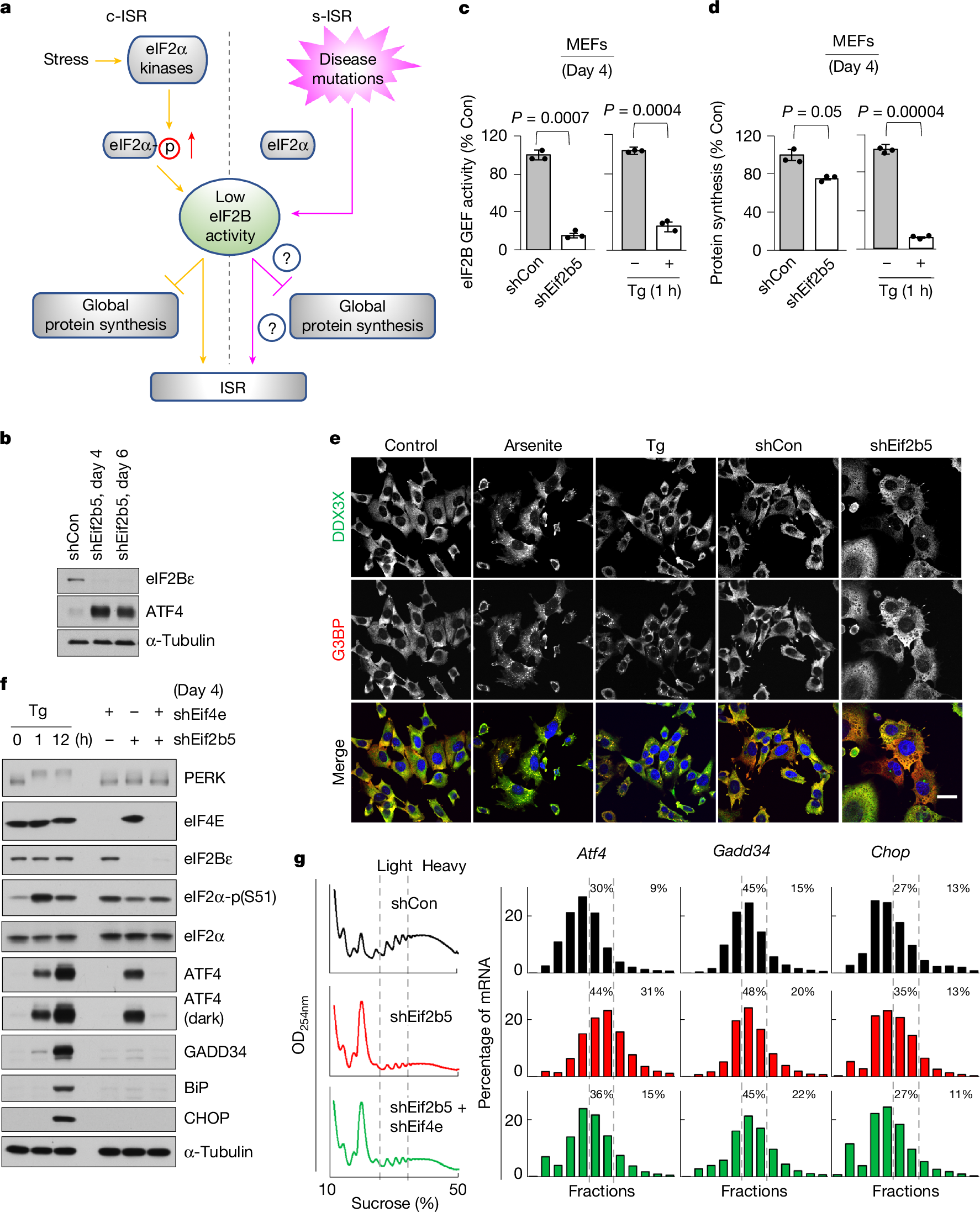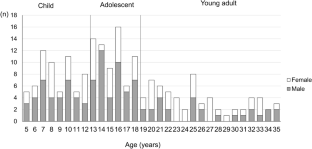2025-03-27 カロリンスカ研究所(KI)
<関連情報>
- https://news.ki.se/new-mechanism-for-how-cells-handle-stress-discovered
- https://www.nature.com/articles/s41586-025-08794-6
哺乳類統合ストレス応答の可塑性 Plasticity of the mammalian integrated stress response
Chien-Wen Chen,David Papadopoli,Krzysztof J. Szkop,Bo-Jhih Guan,Mohammed Alzahrani,Jing Wu,Raul Jobava,Mais M. Asraf,Dawid Krokowski,Anastasios Vourekas,William C. Merrick,Anton A. Komar,Antonis E. Koromilas,Myriam Gorospe,Matthew J. Payea,Fangfang Wang,Benjamin L. L. Clayton,Paul J. Tesar,Ashleigh Schaffer,Alexander Miron,Ilya Bederman,Eckhard Jankowsky,Christine Vogel,Leoš Shivaya Valášek,… Maria Hatzoglou
Nature Published:26 March 2025
DOI:https://doi.org/10.1038/s41586-025-08794-6

Abstract
An increased level of phosphorylation of eukaryotic translation initiation factor 2 subunit-α (eIF2α, encoded by EIF2S1; eIF2α-p) coupled with decreased guanine nucleotide exchange activity of eIF2B is a hallmark of the ‘canonical’ integrated stress response (c-ISR)1. It is unclear whether impaired eIF2B activity in human diseases including leukodystrophies2, which occurs in the absence of eIF2α-p induction, is synonymous with the c-ISR. Here we describe a mechanism triggered by decreased eIF2B activity, distinct from the c-ISR, which we term the split ISR (s-ISR). The s-ISR is characterized by translational and transcriptional programs that are different from those observed in the c-ISR. Opposite to the c-ISR, the s-ISR requires eIF4E-dependent translation of the upstream open reading frame 1 and subsequent stabilization of ATF4 mRNA. This is followed by altered expression of a subset of metabolic genes (for example, PCK2), resulting in metabolic rewiring required to maintain cellular bioenergetics when eIF2B activity is attenuated. Overall, these data demonstrate a plasticity of the mammalian ISR, whereby the loss of eIF2B activity in the absence of eIF2α-p induction activates the eIF4E–ATF4–PCK2 axis to maintain energy homeostasis.


